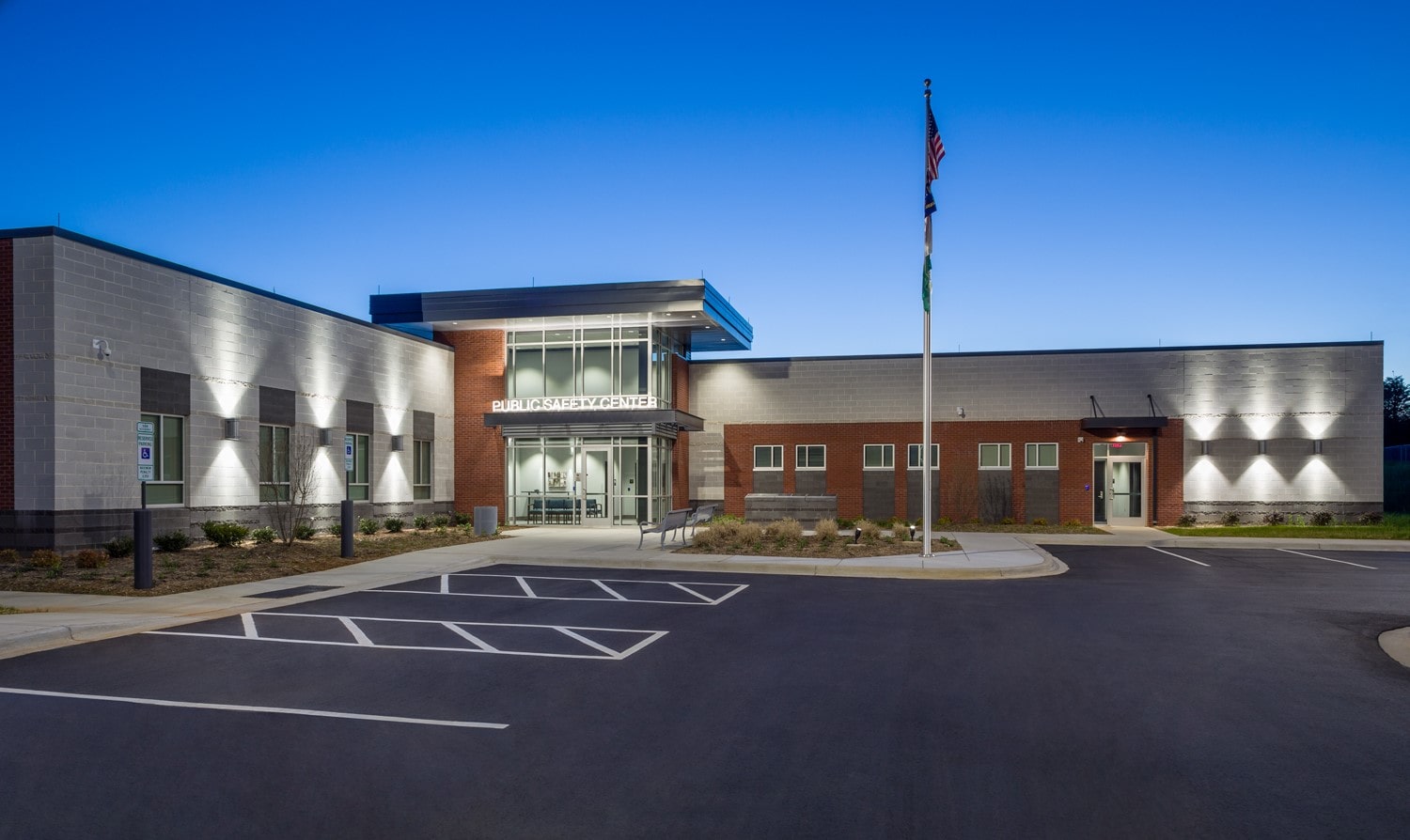Implementing a Successful Public Safety Radio System Upgrade
In Summary:
- Every year, an estimated 240 million calls are received by 911 dispatchers across the United States. Once those calls are placed, the fast and accurate operation of two-way radio communications is essential to support the response. Often saving lives.
- As traditional technologies begin to reach end of life, it is critical that agencies take steps to implement new technologies to enhance their current emergency response operations.
- The process for upgrading or replacing an existing land mobile radio (LMR) system can seem daunting, but it does not have to be.
Topics: Land Mobile Radio, Consulting, White Papers






